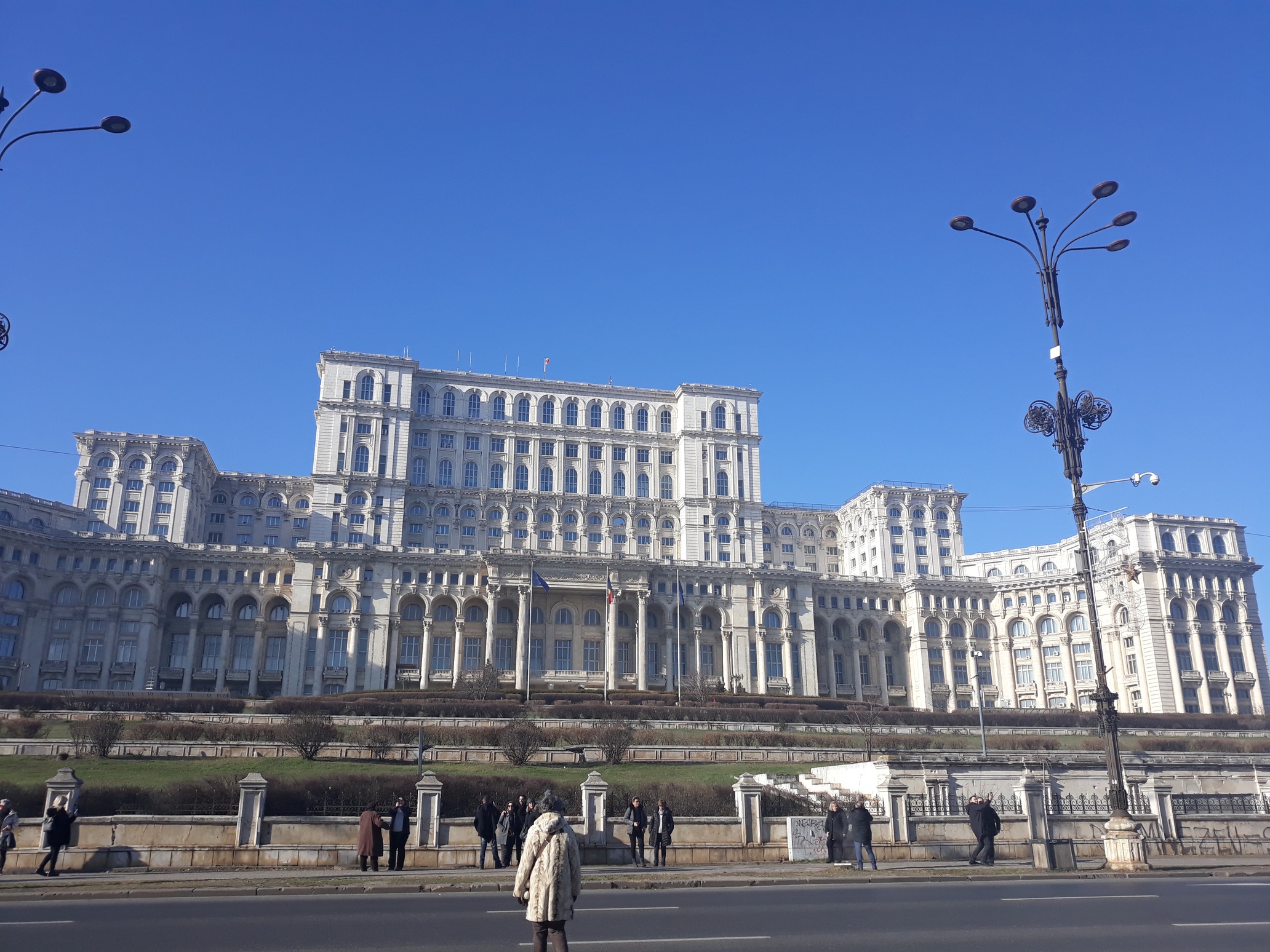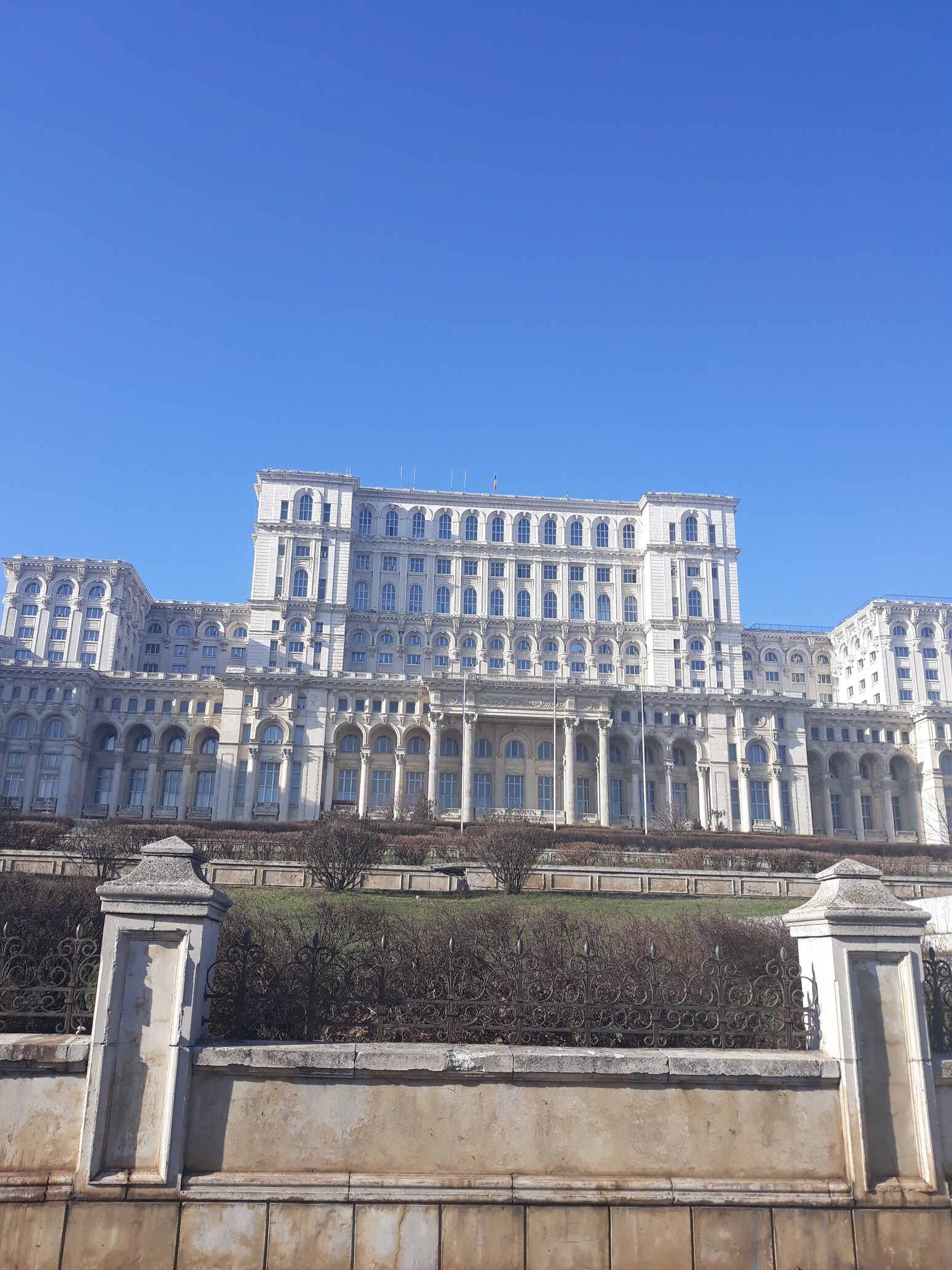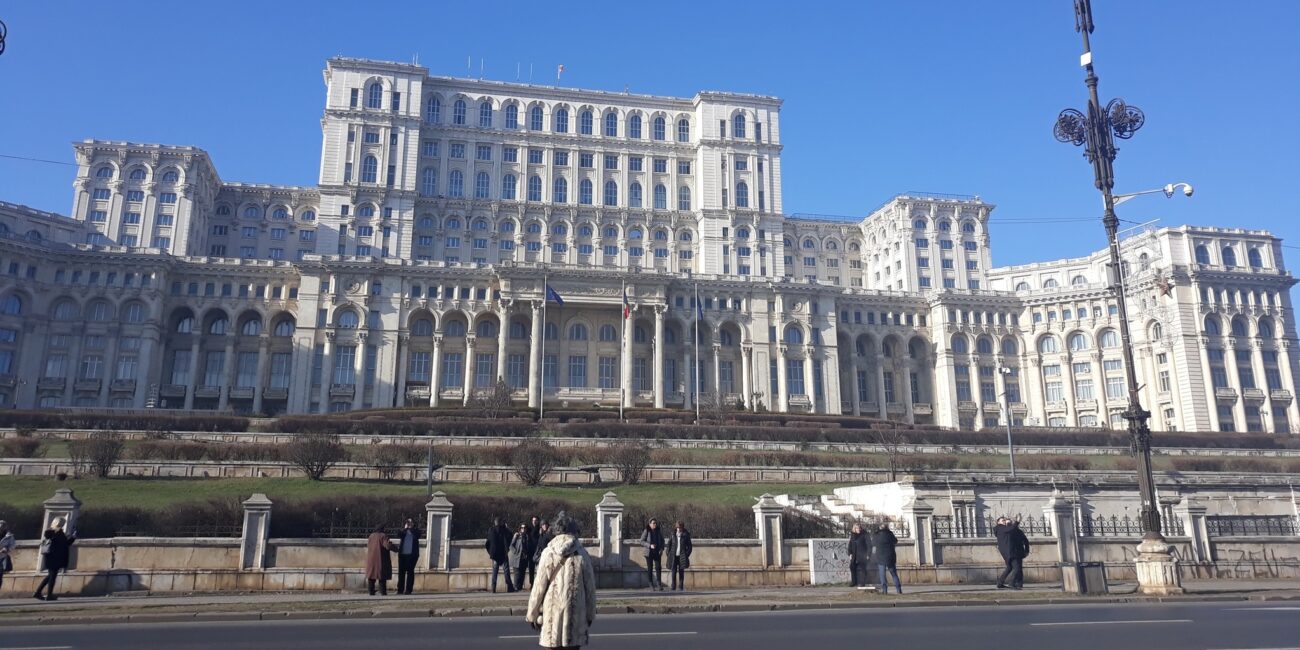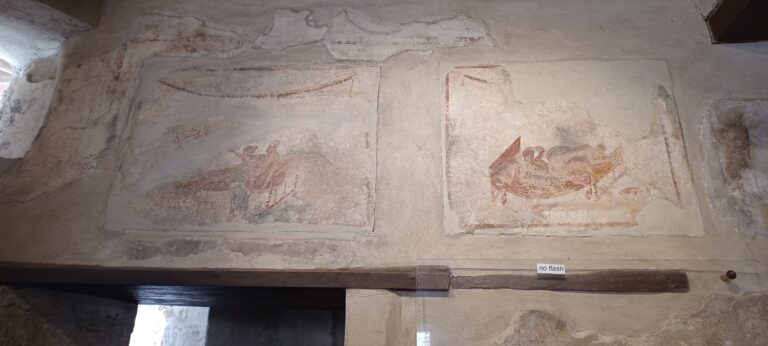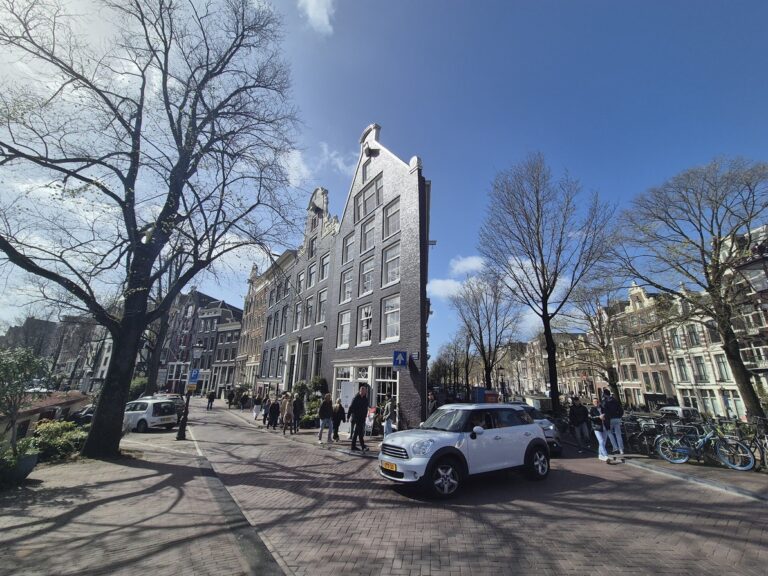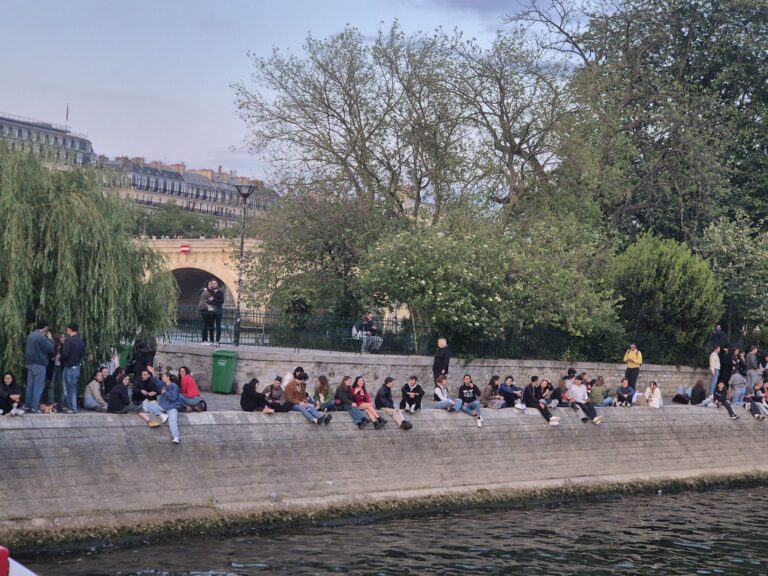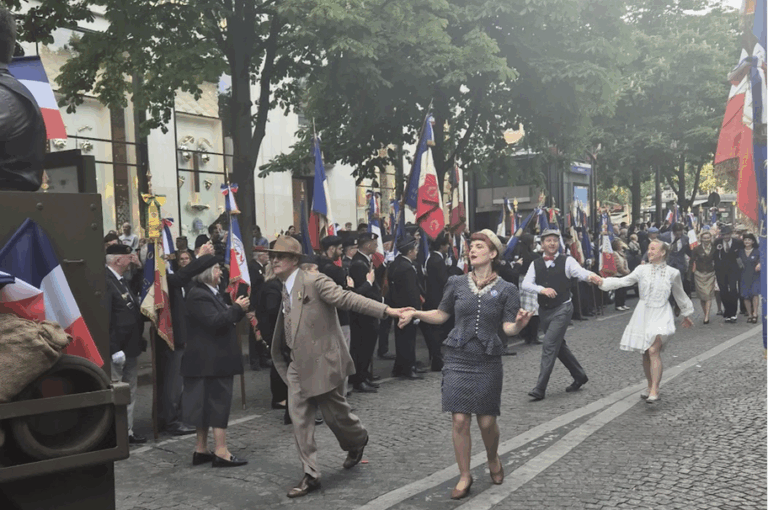In the heart of Bucharest rises a stone-clad symbol of an entire regime: the Palace of the Parliament (Palatul Parlamentului) — one of the largest, most controversial, and most impressive buildings in modern Europe. It may not actually be visible from the moon, as urban legend suggests, but one thing is certain: you simply cannot ignore it when you stand in front of it.
From afar, it looks almost unreal — like a CGI backdrop. So massive and geometrically “perfect” that you doubt your eyes. Baroque architecture, endless rows of columns, marble and symmetry as far as the eye can see. And when you get close… you feel small. Very small.
A vision of excess
Construction began in 1984 at the behest of Nicolae Ceaușescu, Romania’s last communist dictator, as part of his grand “Systematization” plan to reshape the capital. More than 7,000 buildings — homes, churches, monasteries — were demolished to make space for it. Over 40,000 people were displaced. It was a vision impressive in scale, but painful in substance.
The weight of ambition
According to the Guinness Book of World Records, the building is the heaviest structure in the world: over 4 million tons of concrete, steel, and marble. It covers 365,000 square meters, includes 12 above-ground floors, 8 underground levels, over 1,100 rooms, luxurious halls, an opera house, and even a nuclear bunker. Yet, only 30% of it is actually in use.
The architectural design was the work of Anca Petrescu, a 28-year-old architect who led a team of 700 architects and 20,000 workers in one of the most ambitious projects of the 20th century.
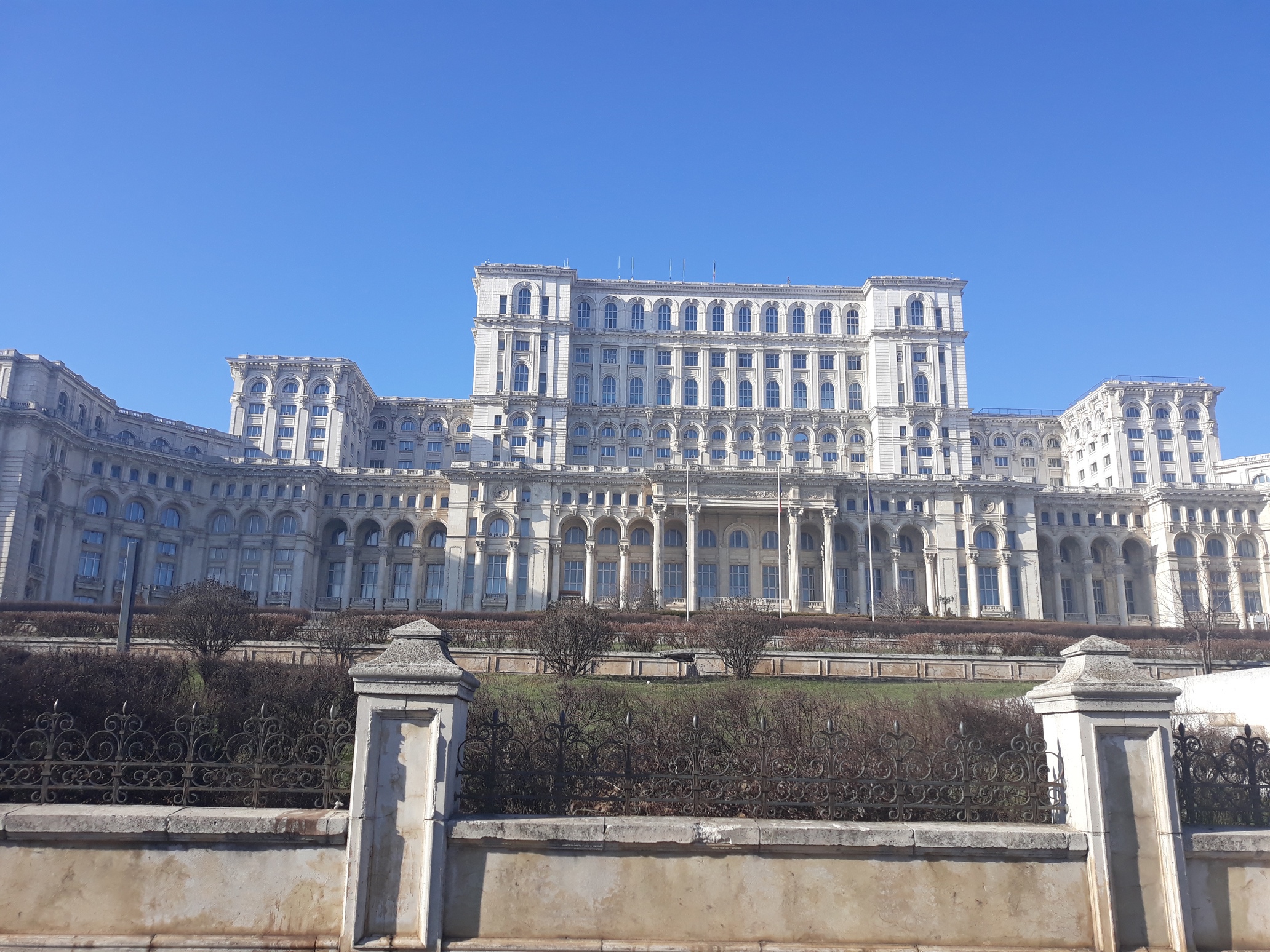 From megalomania… to guided tours
From megalomania… to guided tours
Today, the Palace houses the Romanian Parliament, the Museum of Contemporary Art (MNAC), the Holocaust Museum, the Museum of Communist Horrors, and other public institutions. Visits are only possible with a guided tour, by reservation and upon presentation of a passport or ID in Latin characters. The tour lasts around an hour and is available in English and French.
Our guide, cheerful but clearly respectful of history, told us that some of the underground wings remain unexplored to this day. A labyrinthine building that still guards secrets — of both its past and the psychology of power.
Architectural marvel or symbol of arrogance?
The Palace of the Parliament is not just a building. It’s a historical footprint, a political message, and an emotional confrontation. It’s one of the rare places in the world that evokes awe and anger, respect and unease. You may not be sure whether you like it — but you will definitely not forget it.
If you ever visit Bucharest…
📍 Don’t miss it. Book your tour in advance, and make sure to bring your passport.
For the best photos, go early in the morning or just before sunset – the golden light makes the façade glow.
And after that… get yourself a coffee. You’ll need a moment to process what you just saw. Because excess, like history, takes time to digest.
💡 The Palace of the Parliament is more than a tourist attraction. It’s a lesson — a reminder of how far human ambition can go when power loses all sense of proportion. And why, in the end, balance matters more than size.
